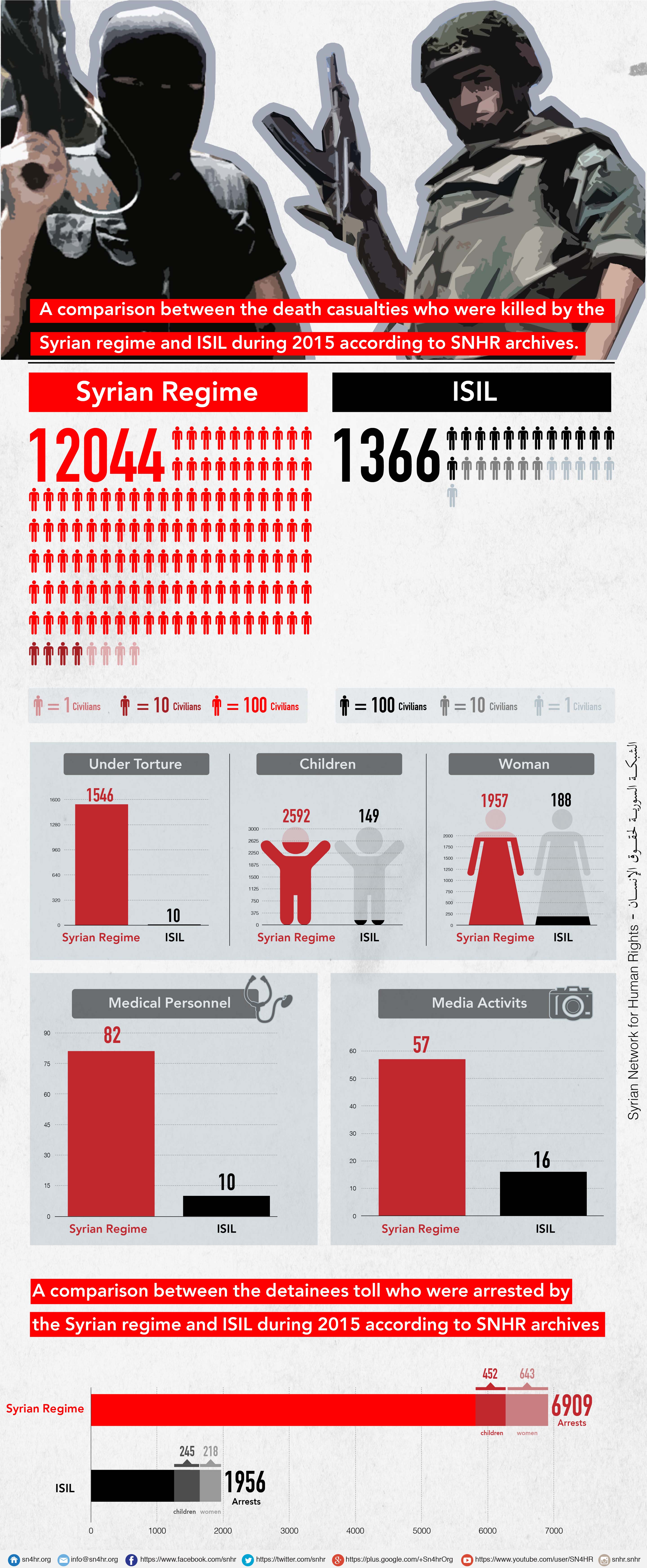By Samuel Miller
Impunity Watch Desk Reporter, North America and Oceania
BURNS, Oregon — Over the weekend, a group of armed protesters seized the remote Malheur National Wildlife Refuge headquarters Saturday after splintering off from a larger protest about ranchers’ rights in the small town of Burns. The armed occupation is being led by Ammon Bundy, an Idaho rancher whose father, Cliven Bundy, led an armed standoff with federal agents in Nevada in 2014 and who has described his supporters as “militia men.”

The FBI said in a statement Sunday that it was working with local and state police to bring a peaceful resolution to the situation.
The activists set themselves up in the Malheur National Wildlife Refuge 30 miles southeast of Burns, Oregon, defying the organizers of a rally and march held Saturday in support of two local ranchers who are scheduled to report to federal prison Monday to serve a sentence for arson. Protesters gathered Saturday in Burns to denounce the five-year sentencing of Dwight and Steven Hammond — father-and-son ranchers who were convicted of arson.
Prosecutors accused the Hammonds of committing arson on federal land in 2001 and 2006. The men and their attorneys argued that the fires had been set on their own property: once to prevent the spread of an invasive species of plant and, once in attempt to prevent the spread of a wildfire.
Ultimately, they were found guilty on only two arson counts, which covered the activities, namely setting fires, the Hammonds admitted to. As part of their plea deal, they agreed not to appeal their sentences. Dwight Hammond was sentenced to three months in prison and his son Steven was sentenced to 11 months, both sentences below the mandatory minimum of five years.
Although the Hammonds agreed not to appeal their sentences, the Department of Justice did, getting the Ninth Circuit Court of Appeals to overturn Judge Hogan’s decision and order the Hammonds to return to jail. Both Hammonds are expected to do so on Monday.
Apparently, Ammon Bundy met with Dwight Hammond and his wife in November, seeking a way to keep the elderly rancher from having to surrender for prison. The Hammonds professed through their attorneys that they had no interest in ignoring the order to report for prison.
In phone interviews from inside the occupied building Saturday night, Ammon Bundy and his brother, Ryan Bundy, said they are not looking to hurt anyone. But they would not rule out violence if police tried to remove them, they said.
Ammon Bundy said the goal is to turn over federal land to local ranchers, loggers and miners. In a video interview with reporters on Saturday that was posted on his Facebook page, Ammon Bundy said the group is standing up against government overreach because the people have been abused long enough.
“I feel we are in a situation where if we do not do something, if we do not take a hard stand, we’ll be in a position where we’ll be no longer able to do so,” he said.
For more information, please see:
ABC News — Feds Monitor Armed Protesters in Oregon but Keep Distance – 4 January 2016
BBC News — Oregon: Armed protest at US government building – 4 January 2016
CNN — Armed protesters refuse to leave federal building in Oregon – 4 January 2016
NBC News — FBI Seeks ‘Peaceful’ End to Armed Standoff at Oregon Federal Building – 4 January 2016
The Oregonian — Militia takes over Malheur National Wildlife Refuge headquarters – 3 January 2016


